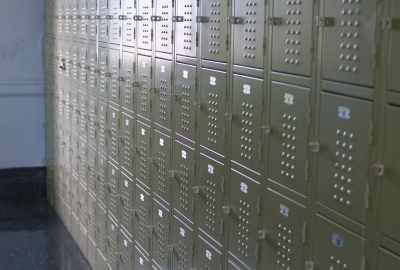
About High School Closures
School districts nationwide are under increasing pressure to turn around chronically low-performing schools. A growing number of districts have responded with aggressive interventions that involve closing schools and replacing them with new ones in the same facility or in other buildings nearby. Despite the widespread use of this strategy, there is little systematic evidence about what actually happens to students during and after the closure process.
In New York City, between the 2001-2002 and 2008-2009 school years, the Department of Education identified and scheduled 29 large low-performing high schools for closure. This was part of a larger reform effort that included opening smaller high schools throughout the City and implementing a new system of universal high school choice.
About Our School Closure Study
The Research Alliance is studying the schools and students affected by closure policies in NYC during this time period. Our work is examining the following questions:
- Were the high schools targeted for closure in fact the lowest performing high schools in New York City? Is their low performance a recent phenomenon or a general trend over several years? How did the background characteristics of entering students affect a school’s designation for closure?
- How were students who were enrolled in a school during the closure process affected? To what extent did the phase out process itself influence student mobility, attendance, and performance?
- What was the impact of closure on students who most likely would have attended these schools had they remained open? Where did these students end up enrolling in high school instead? Were they better off as a result?
The answers to these questions will provide much-needed evidence to inform the ongoing debate about the costs and benefits of closing low-performing schools.
This project was made possible through general operating support to the Research Alliance.


